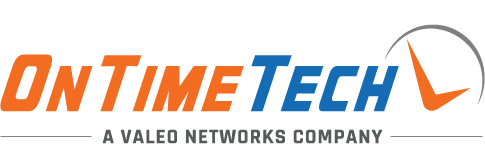What You Should Keep In Mind When Storing Your Data In The Cloud
The cloud is quickly gaining in popularity. In fact, IDC predicts that public cloud spending will more than double - reaching nearly $500 billion - by the year 2023. Incredible, isn’t it? Businesses are achieving some serious benefits from moving to the cloud: anytime, anywhere accessibility, better collaboration, greater security, and of course, less costs associated with buying, maintaining, and supporting equipment. But is the cloud safe to store your data in? The answer isn’t as simple as most business owners would like to believe.
Here’s the thing: The cloud tends to be safer than on-premises equipment given the fact that cloud providers have access to more resources, budget, and capabilities to safeguard their data centers than the average business does. In theory, the cloud is the safer option when it comes to storing your data. But there are still concerns surrounding the concept of cloud security.
Let’s Take a Step Back from Cloud Security for a Moment and Look at What the Cloud Actually Does and How the Cloud Actually Works…
First and foremost, it’s important to understand what the cloud actually does and how the cloud actually works before you jump into storing your data in the cloud. Essentially, the cloud enables users to store and access their computing resources over the Internet as opposed to on-premises. You have access to a shared pool of computing resources, including servers, networks, storage, applications, and other services.
The cloud can be provisioned incredibly fast with minimal effort. You pay-as-you-go - meaning it’s much more affordable than purchasing, maintaining, and supporting your own equipment. When updates or upgrades are necessary, they’re automatically rolled out rather than having to worry about keeping your own equipment up-to-date.
Now You’re Probably Starting to Get an Idea of Why So Many Businesses Leverage the Cloud, But Let’s Go Back to Cloud Security.
The cloud is actually quite safe, as long as you’re working with a cloud provider that the proper security measures seriously. Naturally, you don’t have as much control over the security of your data - but for many business owners, that’s a good thing because they don’t have the time, budget or resources available to worry about that. Most cloud providers have enterprise-grade security measures built-in to keep their data centers safe, such as:
- Advanced firewalls to inspect traveling data packets for the purpose of responding to threats as soon as possible.
- Intrusion detection to prevent intruders from getting past the network’s first line of defense.
- Event logging to provide greater insight into actions taken on the network for better compliance and/or security efforts.
- Encryption to keep all data stored at rest or in transit safe against unauthorized access if an intruder manages to get in.
- Physical security with around-the-clock monitoring, armed guards, and fingerprint locks to keep the property safe.
If All of These Enterprise-Grade Security Measures Are Built-In, Do You Even Need to Worry About Cloud Security?
In the simplest terms, absolutely. When you move to the cloud, you should be prepared to assume some new responsibilities when it comes to ensuring the security of your data and applications. Think about it… You’re storing your data on someone else’s environment. Even though the environment is secure, your data and applications are still your own responsibility. Here are a few best practices to keep in mind:
- Pay attention to permissions: Not everyone needs permission to access the files you’re storing in the cloud. Think about what’s sensitive and give access to employees who need that information, but don’t allow every single employee to have access to every single file if it’s not necessary.
- Safeguard each and every endpoint: If you’re accessing the cloud through web browsers, make sure you have strong security measures in place to safeguard those endpoints. This includes keeping browsers up-to-date and using endpoint security solutions, such as firewalls, to be safe.
- Create a list of “safe” cloud options: There are many free cloud options available on the market, and unfortunately, many of them aren’t as safe as your employees may believe. Create a list of “safe” cloud options or enforce a policy that doesn’t allow for the storing of data on third-party applications.
- Enable two-factor authentication as often as possible: Many cloud providers have the option to enable two-factor authentication, which means employees will need to use their password alongside a code sent to their phone or some other second authentication measure to log into the system.
Move to the cloud now with On Time Tech helping you every step of the way. Call (415) 534-9303 or email us at info@www.ontimetech.com to find out about our cloud services in San Francisco and surrounding areas.









.png?width=288&height=123&name=Valeo-Logo-White%20(1).png)